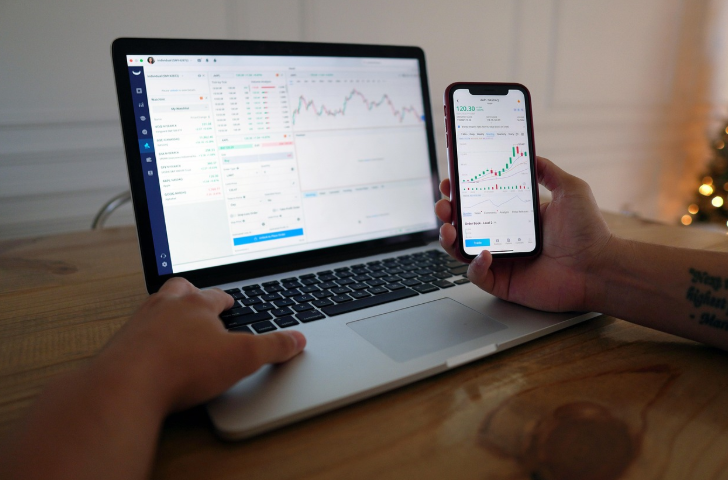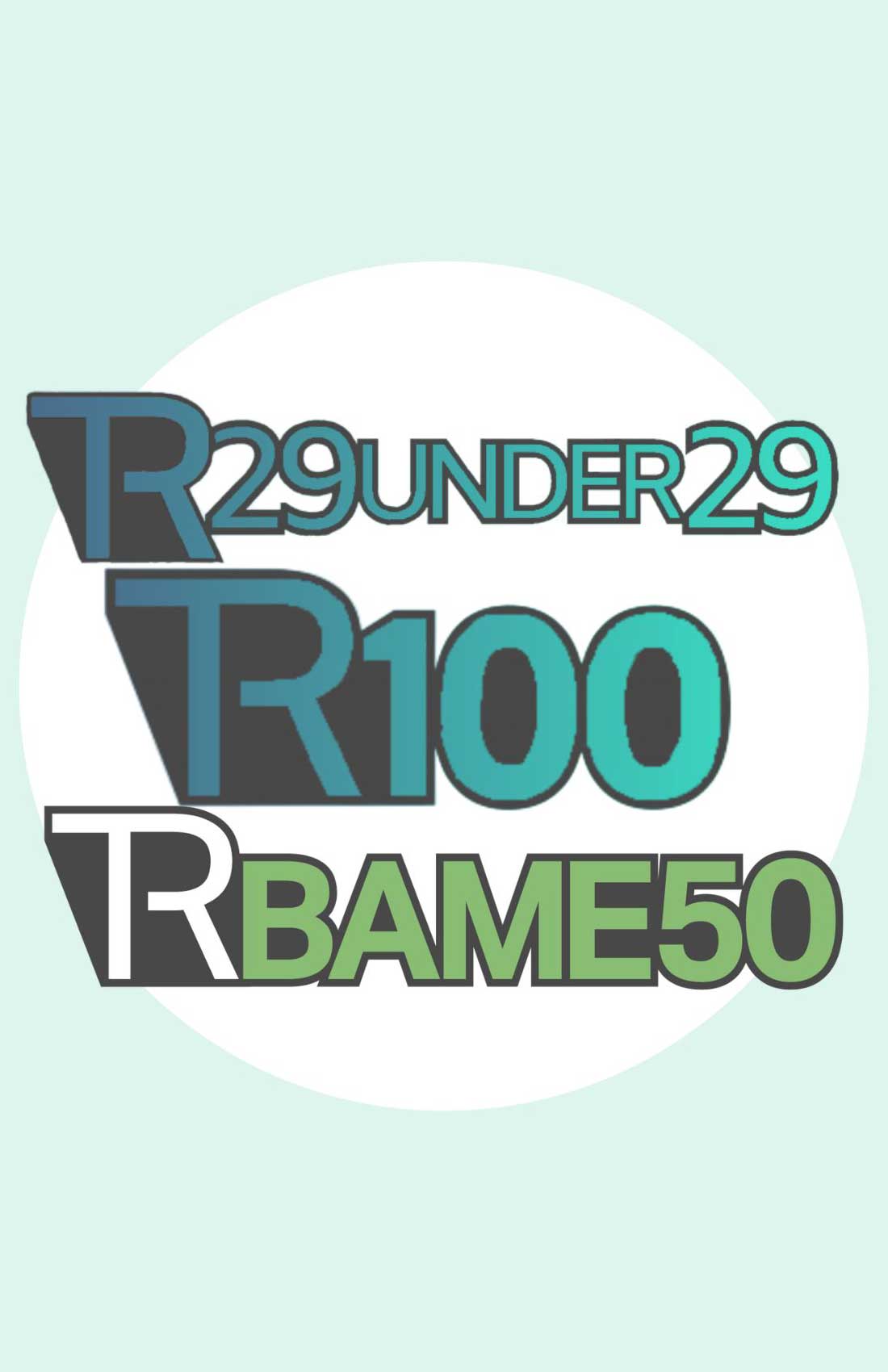Candlestick charts compress a huge amount of information into simple shapes. One of the most fascinating of these shapes is the doji candlestick. At first glance, it looks almost like nothing: a tiny body with long wicks. But that very simplicity is what makes it so powerful.
A doji tells traders something that’s rare in markets: the bulls and bears are equally matched, at least for the moment. That pause in momentum can mark hesitation before a reversal, or just a breather before the trend resumes. The trick is understanding the context.
Let’s explore what a doji looks like, the variations you’ll come across, and how traders use it in practice.
What Exactly Is a Doji?
The word “doji” comes from Japanese, meaning “the same thing.” Fittingly, the candle forms when the opening and closing prices are virtually the same. That’s why the real body is tiny, sometimes just a line.
The longer wicks above and below show that the market moved during the session, but by the end, neither buyers nor sellers had the upper hand.
That balance is what makes it such a signal of uncertainty. It’s not bullish or bearish on its own. Instead, it’s a clue to watch what happens next.
Types of Doji Candlesticks
There isn’t just one kind of doji. Traders typically recognise five variations, each with its own nuance.
Doji Star (Neutral)
Looks like a cross, with similar-length wicks on either side and the tiny body in the centre. Often forms near the end of an uptrend or downtrend, suggesting momentum is fading.
Four-Price Doji
Unusual and rare. Here, open, close, high, and low are nearly identical. The result is a flat line. It usually signals extreme indecision or very low volatility.
Long-Legged Doji
Similar to the doji star, but with longer wicks above and below. This shows a tug-of-war between buyers and sellers, with sharp moves both ways during the session before closing nearly flat.
Gravestone Doji
Characterised by a long upper shadow, little to no lower shadow, and the body near the session’s low. Typically interpreted as bearish when it forms after an uptrend — buyers pushed higher but lost control.
Dragonfly Doji
The opposite of the gravestone. Long lower shadow, little to no upper shadow, and the body near the session’s high. Often read as bullish after a downtrend, as it suggests sellers were rejected.
How Traders Read a Doji
Seeing a doji isn’t enough. Traders care about where it forms and what else is happening in the market.
Some key interpretations include:
- After a strong rally – It can mark the first sign that buyers are losing steam.
- Near resistance – A doji here reinforces the case for a reversal.
- After a sell-off – It may mean sellers are tiring, especially if followed by a bullish candle.
- In sideways ranges – Often just noise, without much predictive value.
ThinkMarkets explains that the doji is flexible: sometimes it precedes a reversal, other times a continuation. The context decides which.
Confirmation Matters
Most traders don’t act on a doji alone. They wait for follow-up clues.
- A bearish candle closing below the doji after an uptrend strengthens the reversal case.
- A bullish candle closing higher after a dragonfly doji suggests buyers really are stepping in.
- Indicators such as RSI or MACD can back up the reading, showing overbought or oversold conditions.
- Volume adds weight; if a doji forms on heavy trading, it carries more significance than on light turnover.
This emphasis on confirmation prevents traders from being whipsawed by false signals.
The Psychology Behind It
The doji is a picture of hesitation. Prices swing both ways during the session, but by the close, neither side has won.
- Buyers tried to drive the price higher.
- Sellers pulled it back down.
- The session ended in stalemate.
That pause in conviction is why traders see it as a turning point. It reflects a shift in sentiment: the previous trend may be running out of momentum.
Doji Candlesticks Across Markets
Doji patterns appear in every liquid market:
Equities
A gravestone doji forming after weeks of gains in a tech stock can hint at a top.
Forex
A dragonfly doji in EUR/USD after testing yearly lows may signal buyers defending support.
Commodities
Long-legged doji candles in gold often coincide with indecision around macro events like Fed meetings.
Crypto
Bitcoin charts are littered with dojis, but high volatility makes confirmation especially important.
Each case shows how the same simple shape can play out differently depending on context.
Combining Doji with Other Tools
Traders rarely isolate candlestick patterns. The doji is often paired with:
- Support and resistance – A doji near a key level carries more weight.
- Trend lines – Helps distinguish whether the pattern fits into a larger reversal.
- Oscillators like RSI – Confirms whether momentum is really fading.
- Moving averages – Show whether the trend is still intact or weakening.
By layering these tools, traders can decide whether to treat the doji as a warning sign or just background noise.
Practical Approaches to Trading Dojis
Here are some ways traders might use the doji as part of a plan:
- Wait for a second doji. Two in a row often signal stronger indecision and potential reversal.
- Place stop-loss orders just beyond the candle’s high or low, depending on the direction of the trade.
- Use the doji as a signal to scale back position size until the next trend is clearer.
- Watch for confirmation on higher timeframes to reduce false signals.
These aren’t guarantees but ways to manage risk while taking advantage of what the pattern suggests.
Why the Doji Still Matters in Modern Trading
In an age of algorithmic strategies and machine learning models, some might dismiss candlestick patterns as old-fashioned. Yet the doji candlestick remains popular because it reflects raw market psychology.
Indecision, hesitation, exhaustion… these behaviours don’t disappear with technology. They show up on charts in the same ways they did decades ago. That’s why even sophisticated traders still monitor them alongside quantitative tools.
Common Mistakes to Avoid
Traders often fall into the trap of treating every doji candlestick as a guaranteed turning point. That mindset can be costly. A doji doesn’t always mark a reversal; in many cases, it simply reflects a pause before the trend resumes.
Another mistake is ignoring the bigger picture. Without considering nearby support and resistance levels, market momentum, or volume, the doji’s message can be misread. Relying on it in isolation also creates overconfidence, which undermines risk management. The most effective use comes from combining it with other tools rather than expecting certainty from a single candle.
Bringing It All Together
The doji candlestick isn’t dramatic. It’s small, often overlooked, but its message is important: the market is undecided. That moment of hesitation can foreshadow big shifts, but only if read in context and confirmed with other signals.
For traders, learning to spot and interpret dojis adds another layer of insight into market behaviour. It won’t replace risk management or broader analysis, but it sharpens awareness of when momentum may be shifting.
FAQs
What is the key feature of a doji candlestick?
It forms when open and close are nearly the same, leaving only a thin body with long wicks.
Does the colour of the doji matter?
Not much. A red or green doji both signal indecision. What matters more is the wick length and context.
What’s the difference between gravestone and dragonfly doji?
Gravestone has a long upper wick and often signals bearish reversal. Dragonfly has a long lower wick and can be bullish, especially after a downtrend.
Can multiple dojis appear together?
Yes. Two or three in a row suggest stronger indecision, often leading to a breakout.
How do traders confirm a doji signal?
They look for follow-up candles, volume patterns, and supporting indicators like RSI or moving averages.
Is the doji candlestick reliable on its own?
Not really. It’s a signal of indecision, not a forecast. Traders almost always pair it with confirmation candles, indicators, or support/resistance analysis before acting.
Can the doji be used in fast-moving markets like crypto?
Yes, but with caution. Crypto often produces many dojis due to volatility. That makes confirmation and risk controls even more important to avoid false signals.
Can multiple doji candles appear in a row?
Yes. When two or more doji candlesticks form back-to-back, it often highlights a period of heightened indecision. Traders sometimes view this as a stronger signal that a significant move could follow, especially if the candles appear near a key support or resistance level.



